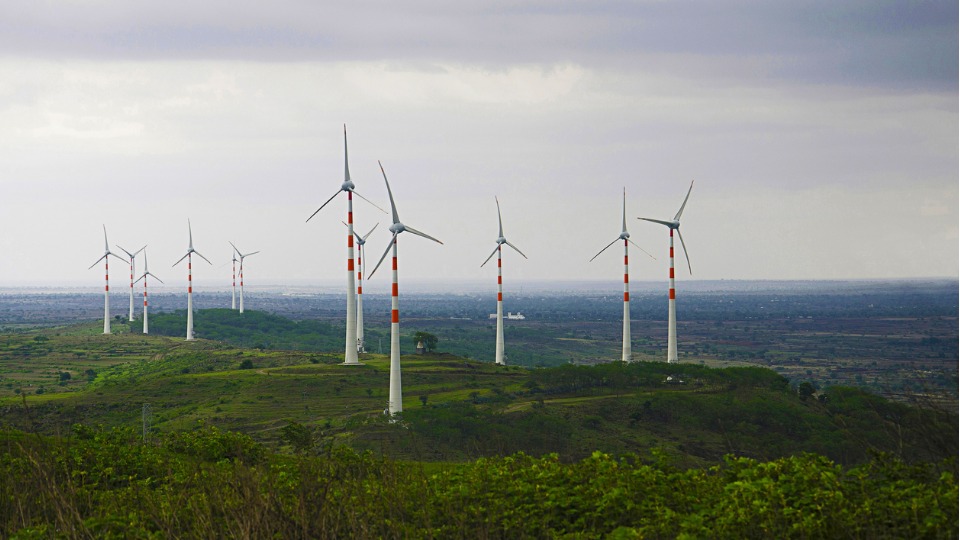
What’s driving Centre’s latest ₹12,031-crore green energy plan
The funding for Phase II of the National Green Energy Corridor is meant to help India meet the pledge it made at COP26 climate summit

India last year made a commitment at the COP26 climate summit to meet 50% of its energy needs from renewable sources by 2030. In line with this vision, the Cabinet has cleared a ₹12,031 crore proposal under Phase II of the National Green Energy Corridor.
Phase II of the project, which the Cabinet Committee on Economic Affairs (CCEA) cleared on Thursday, will facilitate the supply of 20 GW of renewable energy to the national grid from Gujarat, Himachal Pradesh, Karnataka, Kerala, Rajasthan, Tamil Nadu and Uttar Pradesh.
Phase I, already being implemented, is set to add 9,700 ckm (circuit km) of transmission lines and 22,600 MVA substation capacity at a cost of around ₹10,141.68 crore. It will facilitate the supply of around 24 GW of renewable energy by 2022.
What is India’s climate commitment?
At the November 2021 COP26 climate meet in Glasgow, Prime Minister Narendra Modi said India would increase its non-fossil fuel power generation capacity to 500 GW by 2030; also, it would meet 50% of its energy requirements from renewable sources by then.
Further, he said that by 2070 India would reach net zero carbon emissions.
Also read: TN to open 11 new medical colleges; how good are the facilities?
At present, India is the world’s third biggest emitter of greenhouse gases, after China and the US. Also, it’s a major importer of fossil fuels. Hence, a move to green energy would not only help it bring down its carbon footprint but also save on foreign exchange.
What is the Green Energy Corridor project about?
The Green Energy Corridor project, overseen by the Ministry of New and Renewable Energy (MNRE), aims to “synchronise electricity produced from renewable sources, such as solar and wind, with conventional power stations in the grid”.
It will primarily evacuate the large-scale green energy produced under the Intra State Transmission System (InSTS) project sanctioned by the MNRE in 2015-16, and link it to the load centre of the national grid so that it can be distributed for use. The project is being implemented by eight renewable-rich States, according to the MNRE website —Tamil Nadu, Rajasthan, Karnataka, Andhra Pradesh, Maharashtra, Gujarat, Himachal Pradesh, and Madhya Pradesh.
The plan involves the installation of 9,700 ckm of transmission lines and substations of a total capacity of around 22,600 MVA.
What does Phase II of the project entail?
The plan is to add around 10,750 ckm of transmission lines and 27,500 MVA of transformation lines and substations under phase II. “This will promote ecologically sustainable growth and contribute to the long-term energy security of the country,” said Union Power and MNRE Minister Raj Kumar Singh.
Per estimates, India’s power requirement will climb to 817 GW by 2030, which the second phase of the project aims to help meet. The enormous amount of power evacuated from the green sources can threaten the national grid, but the project is designed to prevent this from happening. With automatic generation control that flags issues, the corridor will make sure the grid frequency is maintained at 49.90-50.05 Hz band.
The Centre is funding the project with a ₹3,970.34 crore grant, which is roughly a third of the project cost.


